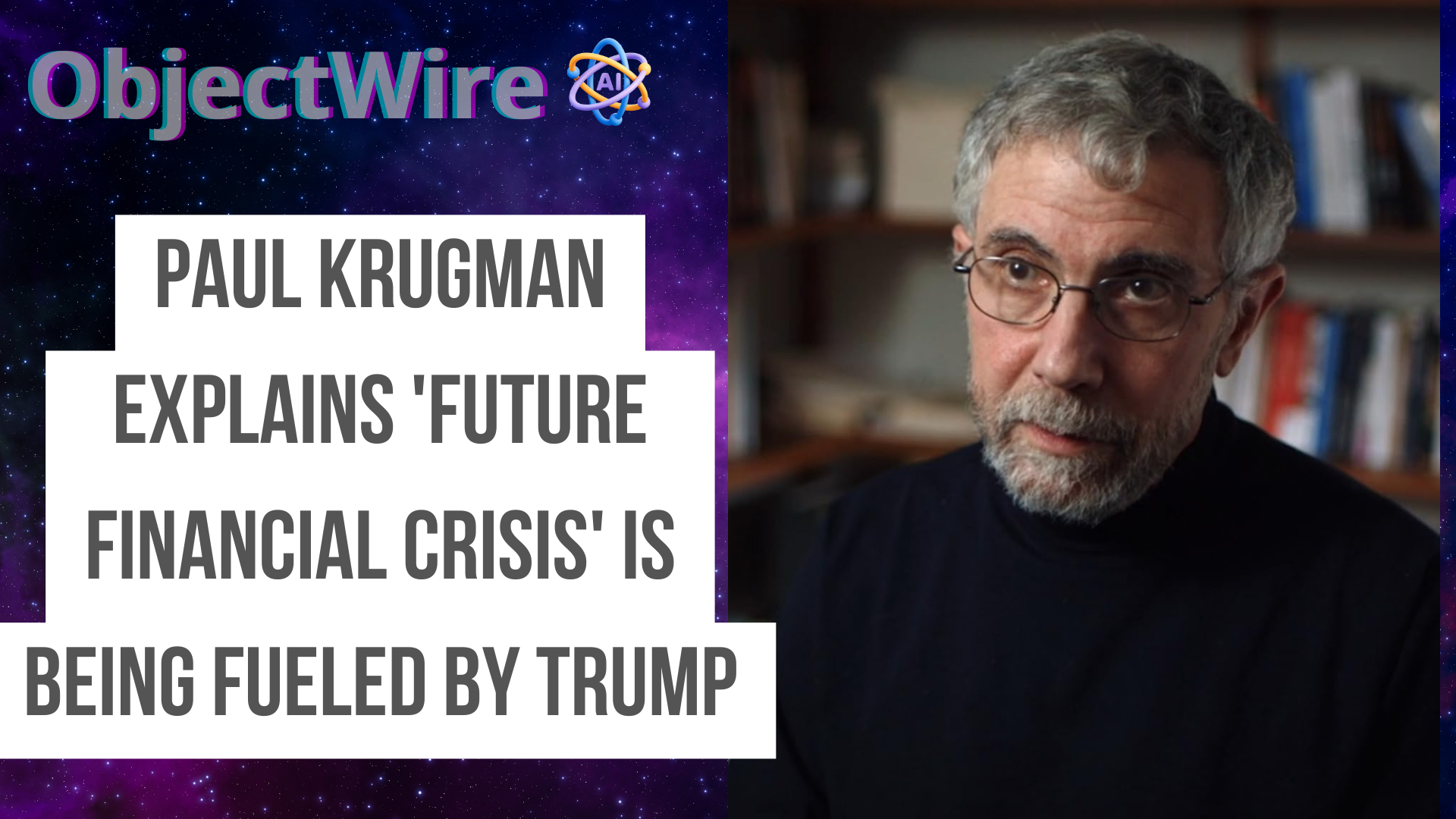The View Adding Conservative Voices
The Need For Diverse Perspectives On The View
"The View," a popular daytime talk show, is known for its lively discussions and diverse panel of co-hosts. However, as society evolves and the political landscape becomes increasingly polarized, there is a growing need for the show to incorporate a broader spectrum of viewpoints.
Adding conservative voices to "The View" is not only a step towards balancing the dialogue but also an essential move for fostering a more inclusive environment for viewers with varied political affiliations.
Whoopi Goldberg and the View's Previous Attempts To Balance Political Views
Over the years, "The View" has made several attempts to introduce and maintain a balance of political perspectives, often aiming to diversify its panel with conservative voices alongside its predominantly liberal hosts. This endeavor reflects a broader effort to represent a spectrum of opinions, ensuring that discussions encompass varied viewpoints, which in turn attracts a diverse audience.
Among the most notable additions was Elisabeth Hasselbeck, who joined the show in 2003 and became known for her conservative stance amidst a liberal-dominated dialogue.
Her presence became a central point for ideological exchange on the show, bringing heated yet meaningful discussions to the forefront.
These new co-hosts come equipped with a wealth of experience in political commentary, journalism, and public service. Their ability to articulate conservative viewpoints with clarity and conviction will serve as a valuable counterbalance to the more progressive perspectives traditionally represented on the panel.
As they engage with their co-hosts and the audience, they aim to bridge understandings and encourage meaningful discourse on pressing social, economic, and political issues.
Their addition is not just a strategic move to broaden viewership but a genuine effort to reflect the country's diverse ideological landscape. By embracing this multiplicity of thought, "The View" seeks to inspire open-mindedness and mutual respect. As these discussions unfold, viewers can look forward to a richer tapestry of opinions that encapsulate the essence of spirited, yet respectful, dialogue.
"The View (talk show) - Wikipedia." en.wikipedia.org, 14. Nov. 2024, https://en.wikipedia.org/wiki/The_View_(talk_show). Accessed 16. Nov 2024.
"Frontiers | Exposure to diverse political views in contemporary media environments." frontiersin.org, 29. Apr. 2024, https://www.frontiersin.org/journals/communication/articles/10.3389/fcomm.2024.1384706/full. Accessed 16. Nov 2024.
"ABC News Executives Push To Add Pro-Trump Panelist To The View Amid Growing Criticism Of Its Liberal Hosts." tdpelmedia.com, 14. Nov. 2024, https://tdpelmedia.com/abc-news-executives-push-to-add-pro-trump-panelist-to-the-view-amid-growing-criticism-of-its-liberal-hosts/. Accessed 16. Nov 2024.
"The Importance Of Diverse Opinions - FasterCapital." fastercapital.com, 01. Jan. 2024, https://fastercapital.com/topics/the-importance-of-diverse-opinions.html. Accessed 16. Nov 2024.
"Embracing the Power of Diverse Perspectives." hives.co, 12. Sept. 2023, https://hives.co/en/blog/embracing-the-power-of-diverse-perspectives. Accessed 16. Nov 2024.
"The View Gets Its New Conservative Voice." newser.com, 05. Aug. 2022, https://www.newser.com/story/323811/the-view-gets-its-new-conservative-voice.html. Accessed 16. Nov 2024.
The View is reportedly looking to add a 'true conservative' voice to the desk.
— Bobby Burack (@burackbobby_) November 14, 2024
We asked @OutKick readers to nominate candidates. They sent a lengthy list below.
Not going to lie: @therealroseanne and @ClayTravis were popular choices.
You never know... https://t.co/Ufap2Br5qT
Meanwhile China's economy on 4.8%~ growth is 'faltering' and in 'slowdown'. https://t.co/Enr6DeN1dO pic.twitter.com/CShqrhzR3p
— dajve🍉 (@dajveism) October 30, 2024







